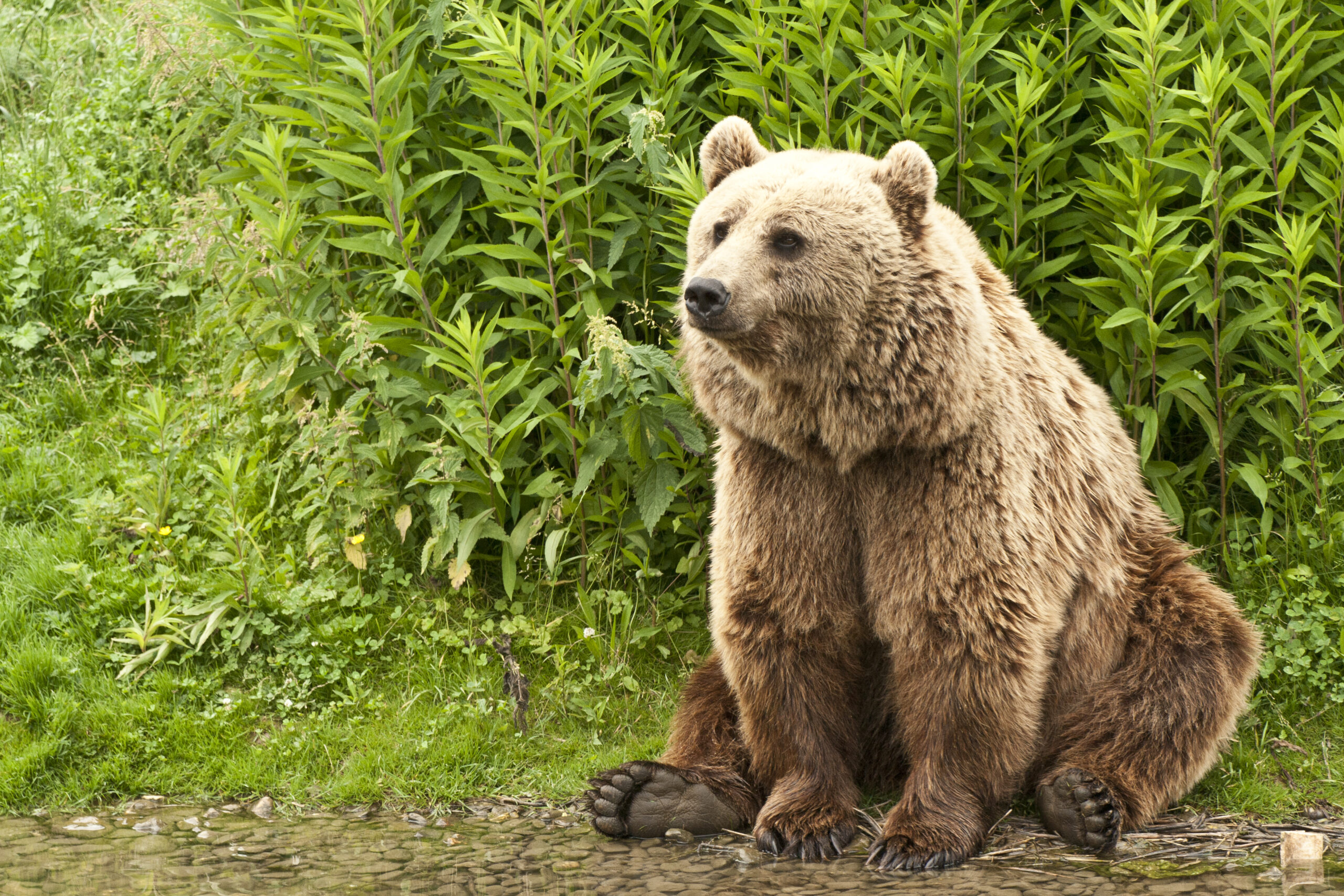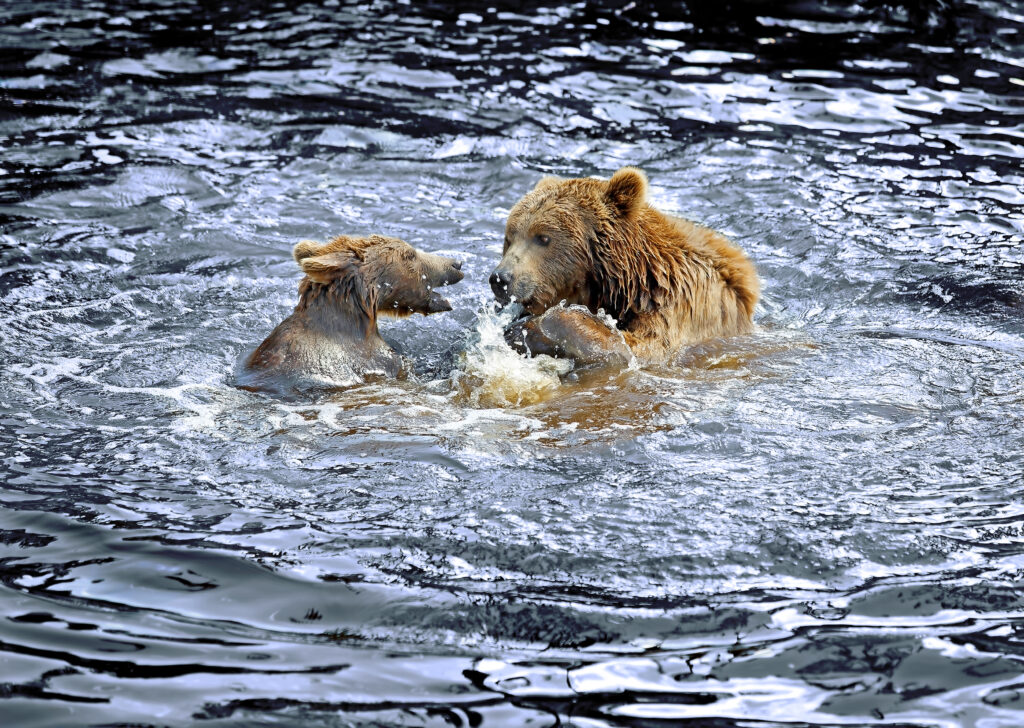Kodiak’s Wild Side: Unveiling Alaska’s Best-Kept Secret
It is with no question that Kodiak Island is the best-kept secret of Alaska -a world where breathtaking wilderness and awe-inspiring wildlife converge. Known as the Emerald Isle, it is a tapestry of lush forests, towering mountains, and a serene coastline, setting the stage for outdoor adventures like no other. Whether hiking through ancient forests, fishing in abundant waters, or kayaking along tranquil fjords, Kodiak’s wild spirit infuses every moment.
Home to the iconic Kodiak brown bears, the largest land carnivores on Earth, Kodiak offers unparalleled opportunities for wildlife enthusiasts to witness these majestic creatures in their natural habitat. Beyond its natural wonders, Kodiak boasts a history and cultural heritage shaped by its indigenous Alutiiq people and Russian fur traders.
Whether you’re exploring Kodiak’s trails, witnessing the majesty of brown bears, or immersing in the island’s history, Kodiak’s wild side promises an authentic Alaskan experience that leaves an indelible imprint on the soul of every adventurer. Standing as a personal favorite of us here at Adventures by Matt, join us as we guide you on how to discover the beauty of Alaska’s best-kept secret, the untamed paradise of Kodiak.
A Brief History of Kodiak
Kodiak holds a history that intertwines the indigenous Alutiiq people, Russian fur traders, and American pioneers. The Alutiiq people have inhabited Kodiak for thousands of years, sustaining their way of life through fishing, hunting, and gathering. In 1784, the Russians established the first Russian settlement on the Island, known as Three Saints Bay, as part of the Russian fur trade expansion. The Russian influence persisted until the 1867 Alaska Purchase, when Alaska was sold to the United States, leading to Kodiak’s incorporation into American territory.
Over the years, Kodiak has faced challenges such as the 1964 Great Alaska Earthquake, one of the most powerful earthquakes in world history. Despite the hardships, Kodiak has rebuilt and thrived, becoming a hub for the fishing and crab industries. Today, Kodiak is a peaceful island community renowned for its natural beauty, wildlife, friendly atmosphere, and a blend of cultures.
Best Time to Visit Kodiak
The best time to visit Kodiak depends on the kind of experience you seek and the activities you want to do. The high season in Kodiak spans from late spring to early fall, between May and September. Summer offers extended daylight hours, providing ample time to appreciate Kodiak’s stunning beauty, wildlife, and outdoor adventures.
It’s important to note that Kodiak experiences cold temperatures and more rainfall during the winter months, from October to April. While it can be a unique experience for those interested in a chance to see the Northern Lights, certain attractions may be limited during this time.
Destination Highlights
Kodiak offers a treasure trove of highlights with its untouched wilderness, wildlife, and heritage. As the second-largest island in the United States, Kodiak’s untamed landscapes provide a haven for wildlife enthusiasts. Whether reveling in the island’s natural wonders, learning about the culture, or simply enjoying the peace of its remote setting, Kodiak’s highlights unveil an Alaskan experience that remains one of the state’s best-kept secrets. Here are five of the top destination highlights of Kodiak Island:
- Kodiak National Wildlife Refuge: Encompassing over 1.9 million acres, the Kodiak National Wildlife Refuge offers a haven for diverse wildlife, including the Kodiak brown bear, as well as bird species, marine mammals, and fish. The refuge’s terrain features landscapes of mountains, forests, rivers, and lakes, providing abundant opportunities for outdoor activities for you to enjoy.
- Fort Abercrombie State Historical Park: Situated on Kodiak Island, Fort Abercrombie State Historical Park offers visitors a glimpse into the island’s military past during World War II. Thanks to its well-maintained trails, the park provides opportunities for hiking, wildlife viewing, and birdwatching.
- St. Herman Harbor: St. Herman Harbor is a waterfront destination that captures the essence of the island’s maritime heritage. Here, fishing vessels, boats, and crabbing boats dock alongside each other, where you can stroll along the harbor, watch the fishermen at work, and enjoy panoramic views of the surrounding mountains.
- Kodiak Island Archipelago: Consisting of Kodiak Island and a series of smaller islets, the Kodiak Island Archipelago is a haven for wildlife and outdoor lovers. Known for its abundance of Kodiak brown bears, it offers you opportunities for bear viewing and wildlife photography.
Military History Museum: Located on the site of the historic Fort Greely, the Military History Museum showcases artifacts, exhibits, and memorabilia that trace Kodiak’s role as a military outpost during World War II and the Cold War. You can discover the island’s military history through displays of uniforms, weapons, and equipment used by soldiers stationed at the fort.
In conclusion, it becomes clear that Kodiak is an Alaskan gem and a true paradise for nature enthusiasts and adventure seekers. The abundant wildlife, breathtaking landscapes, and rich cultural heritage make Kodiak a destination unlike any other and leave a lasting impression on those who dare to explore its hidden treasures. We hope you have enjoyed this guide to Kodiak, Alaska. Contact us at Adventures by Matt to plan your own Alaskan escape today!




Leave a Reply